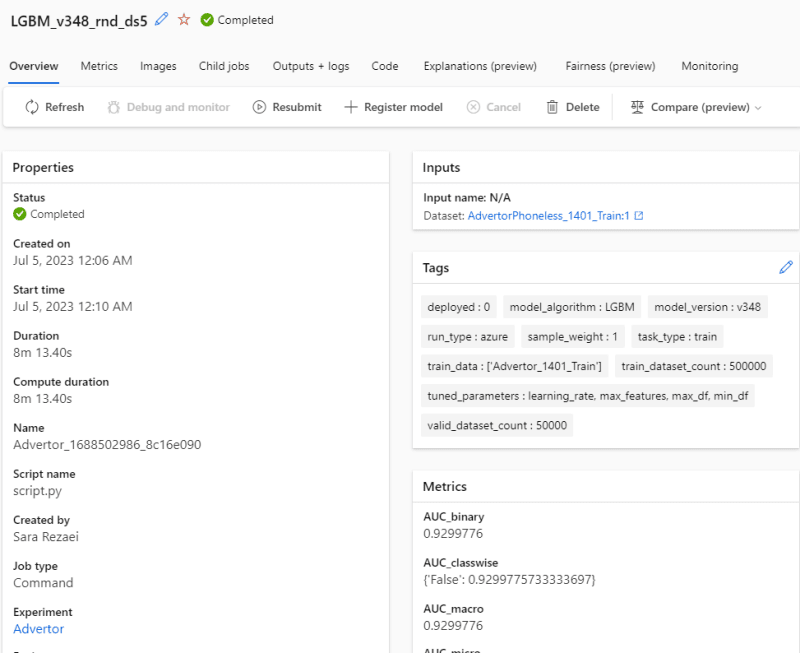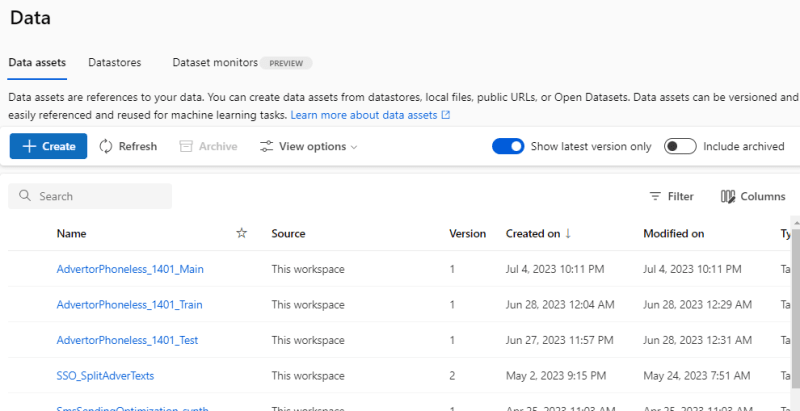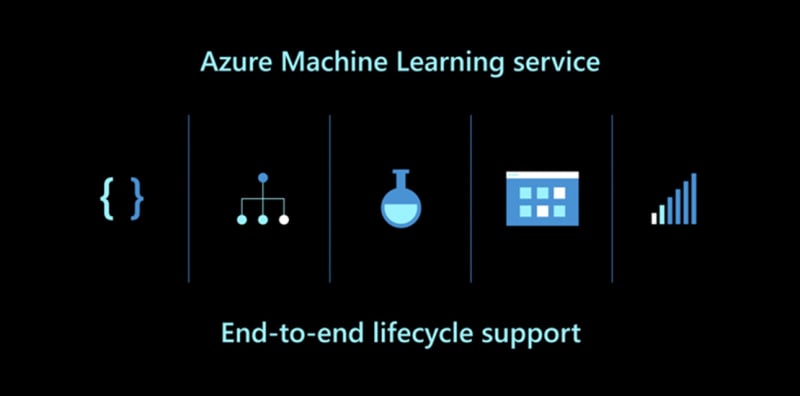Fun fact: The cover image of this post is generated by Bing AI :)
Building an AI solution requires more than just one person. You need a team of experts who can work together efficiently and creatively. That’s why you need a platform that supports collaboration and communication among your AI team members. Azure Machine Learning Studio is not only a powerful infrastructure for computation and technical tasks, but also a management tool that helps you organize and streamline your AI projects. In this post, I’m going to show you how you can use Azure ML Studio to foster effective collaboration within your AI team. An AI team is essentially a group of people who share a common goal: finding the best models to solve specific problems. For example, let’s take a look at Advertor, an AI project at MelkRadar. Its goal is to classify different real estate advertisements based on whether they were created by a real estate agent or the owner themselves.
To solve a problem using AI, you typically need to follow some common steps, such as:
Exploring and preparing different datasets
Tuning and evaluating different algorithms and parameters
Building and deploying different pipelines as REST endpoints
In the next sections, I’m going to show you how Azure ML Studio makes it easy to handle all these tasks.
Managing Models
For the Advertor project, we are trying out various models based on different algorithms and parameters. Each team member is responsible for running a different experiment, and we need a convenient way to monitor and record the experiments and their outcomes. Then we can compare them to choose the best one or to plan the next steps. In this picture, you can see how we can access and view different experiments using the Jobs menu in Machine Learning Studio (previously called Experiments).
Each experiment generates a lot of information that we can store and access on Azure Machine Learning Studio. In the picture below, you can see the different tabs that contain various details for each experiment. As you can see, we are using tags on experiments as a way of communicating and collaborating with other team members. The tags help us to understand the purpose and the logic behind each experiment.
In the metrics tab, we can customize and display different metrics and charts, as shown here:
Managing Datasets
In Advertor, we have to deal with a lot of datasets that we need to create and use for training and testing models. We use Parquet files because they are much faster and more compact than CSV files. Also, for each dataset, we can create and manage different versions, as shown in the picture below.
Deploying to Endpoints
Once we have a satisfactory model, we need to deploy it as a REST endpoint so that others can use it. And here you can see how simple and quick it is to deploy it as an endpoint.
Why We Love Azure Machine Learning Studio
Azure ML Studio is a fantastic platform that helps us collaborate with our AI team. It lets us create, track, and compare different experiments, datasets, and models with ease. It also allows us to deploy our models as REST endpoints in no time. With Azure Machine Learning Studio, we can simplify our AI projects and work smarter and faster with our team.













Top comments (0)